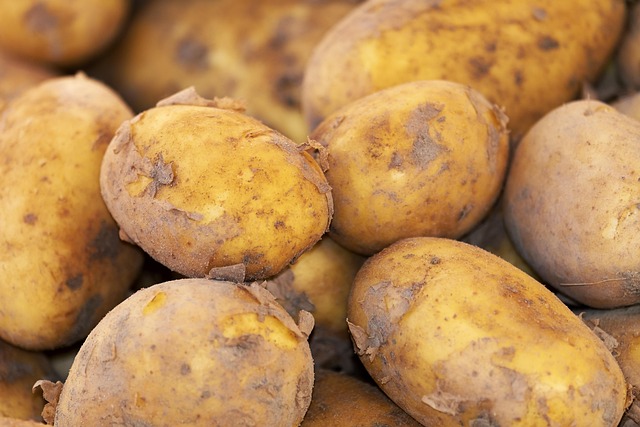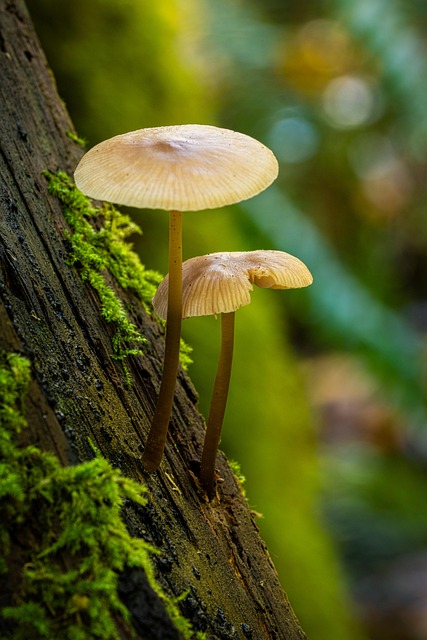Natural mold removal focuses on non-toxic, organic solutions using enzymes, essential oils, and compounds like vinegar, baking soda, tea tree oil, and borax. These methods are safer, healthier, and eco-friendly compared to chemical alternatives, reducing health risks and minimizing environmental impact. A DIY natural remover can be made with baking soda, vinegar, and essential oils. By combining these ingredients and following a simple process, users can effectively remove and prevent mold growth. This trend aligns with sustainability efforts, offering a gradual yet sustainable approach to tackling mold while avoiding toxic residues. Implementing healthy environments through ventilation, dehumidifiers, regular cleaning, and anti-mold materials further supports natural mold removal.
Discover effective and eco-friendly solutions for tackling mold with our comprehensive guide on natural mold removal. Learn the fundamentals of organic mold combat, explore powerful natural ingredients, and master DIY recipes for powerful yet safe cleaners. We’ll delve into the benefits of green alternatives, compare their effectiveness with chemical methods, and offer tips for creating and maintaining healthy living spaces. Embrace a healthier, more sustainable approach to mold control.
- Understanding Organic Mold Removal Principles
- Common Natural Ingredients for Mold Combat
- DIY Natural Mold Removers: Step-by-Step
- Benefits of Eco-Friendly Mold Solutions
- Effectiveness Comparisons: Organic vs Chemical
- Implementing and Maintaining Healthy Environments
Understanding Organic Mold Removal Principles

Understanding Organic Mold Removal Principles
Natural mold removal focuses on using non-toxic, environmentally friendly substances to eliminate mold growth without resorting to harsh chemicals. These organic alternatives harness the power of enzymes, essential oils, and other natural compounds known for their antimicrobial and antifungal properties. Unlike chemical removers that mask odors or simply hide mold issues, natural methods actually break down and remove the mold itself.
By opting for organic mold removal, you not only reduce health risks associated with exposure to toxic chemicals but also contribute to a cleaner, healthier living environment. Enzymes derived from bacteria and fungi are effective at decomposing mold spores, while essential oils like tea tree oil and citrus extracts can inhibit mold growth and freshen the air. Additionally, these natural solutions are often less corrosive and safer for use in areas where children or pets play.
Common Natural Ingredients for Mold Combat

When it comes to tackling mold, there are numerous natural ingredients that have proven effective as organic alternatives to chemical mold removers. Vinegar, for instance, is a popular choice due to its acetic acid content, which inhibits mold growth and breaks down existing spores. Baking soda, another common household item, acts as a gentle yet powerful deodorizer and can help absorb excess moisture, creating an environment unsuitable for mold cultivation.
Essential oils like tea tree oil, lemon essential oil, and oregano oil are potent natural antimicrobials that can combat mold and mildew. These oils not only eliminate existing mold but also deter future growth by disrupting the spores’ ability to reproduce. Additionally, borax, a mineral compound, is known for its mold-fighting properties, offering both preventive measures and effective removal of surface molds.
DIY Natural Mold Removers: Step-by-Step

DIY Natural Mold Removers: Step-by-Step
1. Identify and Prepare the Area: Start by identifying the moldy areas in your home or workspace. Wear protective gear, including gloves, a mask, and goggles to avoid direct contact with mold. Ensure the area is well-ventilated and clean the surface to remove any loose debris or dirt.
2. Create a Mixture of Natural Ingredients: Combine equal parts baking soda and vinegar in a spray bottle. This powerful duo has natural antifungal and antibacterial properties. You can also add essential oils like tea tree oil for enhanced mold removal capabilities and a fresh scent. Mix well until it forms a fizzing solution, then apply it directly to the moldy surface. Leave it on for about 15-20 minutes to allow the ingredients to work their magic.
Benefits of Eco-Friendly Mold Solutions

Many people are turning to eco-friendly mold solutions for several compelling reasons. Firstly, natural mold removal methods offer a healthier alternative for both occupants and the environment. Chemical mold removers can release harmful fumes, which may cause respiratory issues, especially in individuals with pre-existing conditions like asthma. In contrast, organic solutions are free from these toxic chemicals, making them safer to use indoors.
Additionally, opting for natural mold removal contributes to a more sustainable approach to home maintenance. Chemical products often leave behind residues and potentially contaminate the environment, whereas plant-based or enzymatic cleaners break down mold without leaving harmful traces. This eco-conscious method not only protects your family’s health but also promotes a greener lifestyle.
Effectiveness Comparisons: Organic vs Chemical

When it comes to effectiveness, organic mold removal methods have gained recognition for their impressive capabilities. Unlike chemical removers that may offer swift results, natural alternatives tend to provide a more gradual yet sustainable approach. These organic solutions often contain enzymes, essential oils, and other compounds known for their antimicrobial and antifungal properties. Over time, they break down and eliminate mold, ensuring a cleaner and healthier environment.
While chemical mold removers might deliver instant gratification, addressing the root cause of mold growth is where organic methods shine. Chemical agents can mask issues temporarily, but natural solutions aim to eradicate mold at its source by creating an environment unsuitable for its proliferation. This long-term approach makes organic mold removal a preferred choice for those seeking sustainable and non-toxic alternatives for their homes or workplaces.
Implementing and Maintaining Healthy Environments

Implementing healthy environments is a key aspect of natural mold removal. This involves creating and maintaining spaces that minimize moisture buildup, as mold thrives in damp conditions. Simple steps like improving ventilation, using dehumidifiers in high-humidity areas, and fixing leaks can significantly reduce mold growth. Regular cleaning with non-toxic, natural cleaners also plays a vital role in preventing mold colonization.
Additionally, using materials known for their anti-mold properties during construction or renovation can be effective. Natural, breathable materials like bamboo, cotton, and certain types of wood are less likely to foster mold growth compared to synthetic alternatives. Regular monitoring and swift action when signs of mold appear ensure that any issues are addressed early, preventing the need for harsh chemical interventions.
